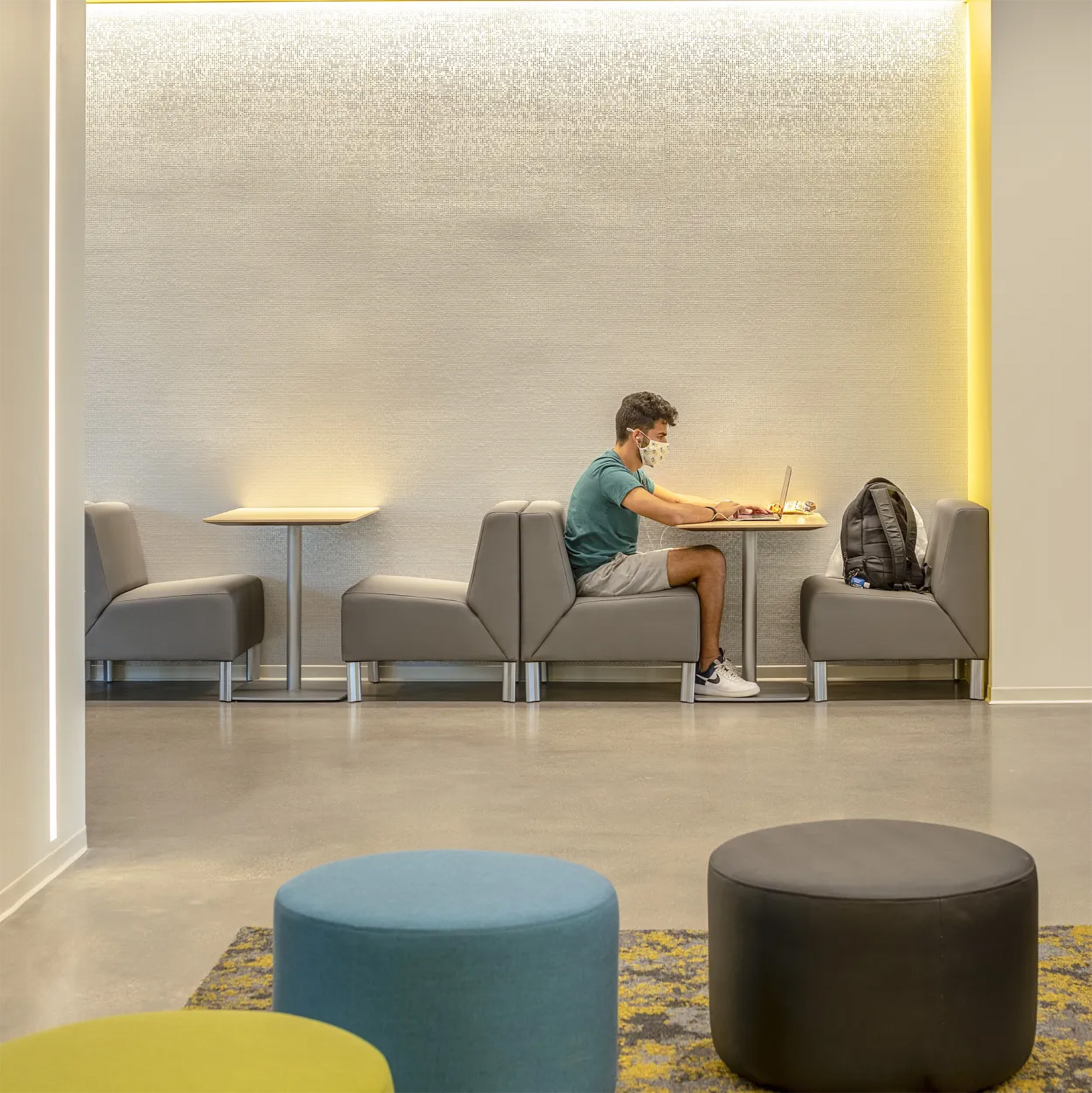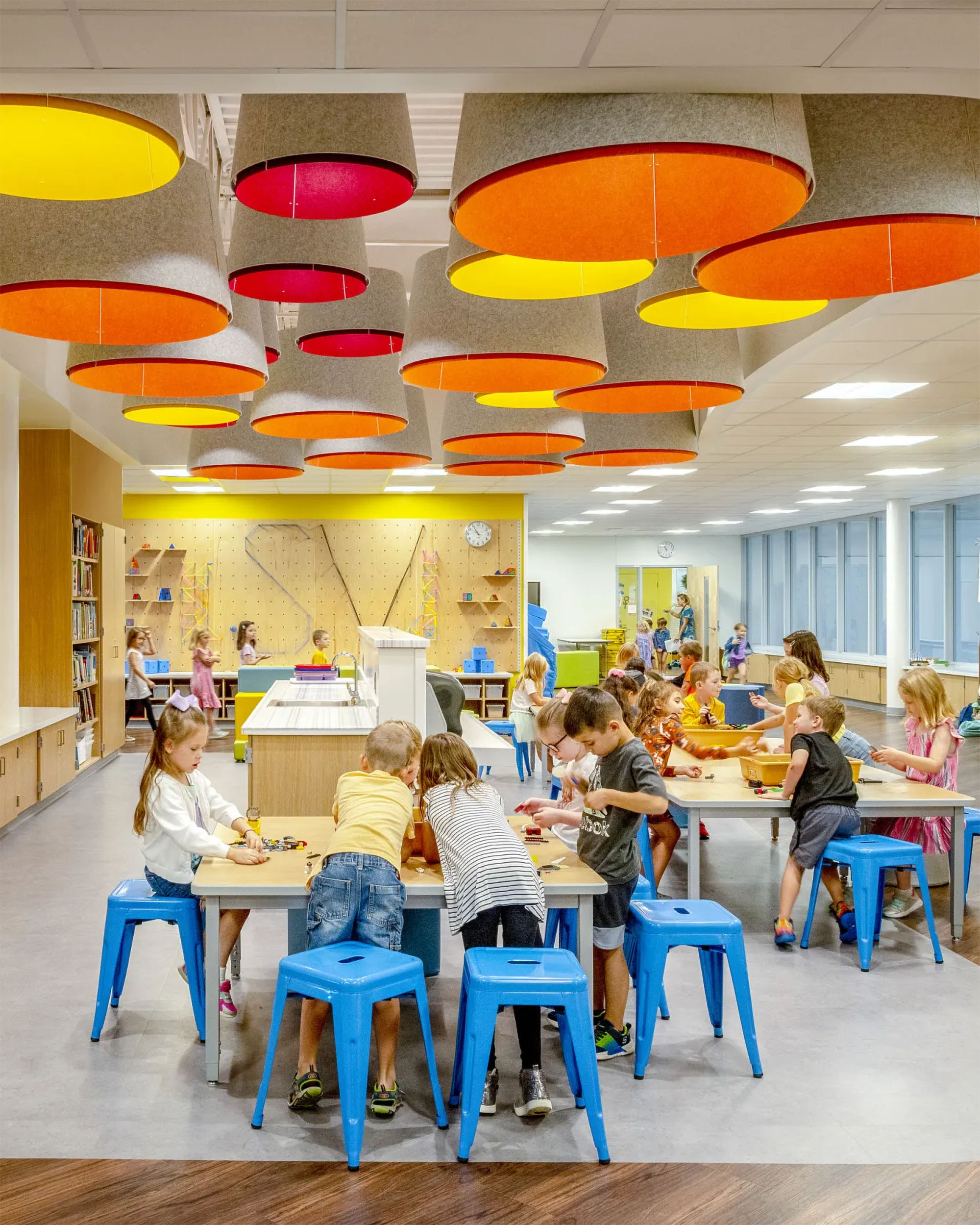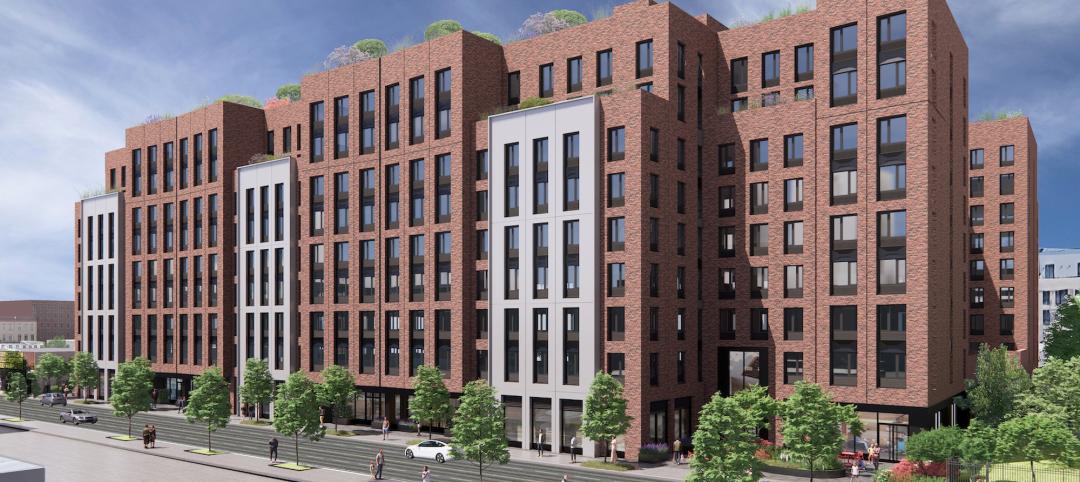Every person experiences and interacts with their surrounding environment in their own unique ways. Cognitive neuroscience identifies this reality as neurodiversity, the idea that there are numerous ways for people to think, learn and behave, and that there is no singular “right” way for these interactions.
Neurodiversity is usually most referenced when thinking about individuals with autism spectrum disorder (ASD). However, it also encompasses those with ADHD, learning disabilities and challenges related to Post-Traumatic Stress Disorder (PTSD). These are unique groups who all need to be considered when we shape built spaces and places. Research indicates that around 15–20% of the global population is recognized as neurodivergent.
Design approaches inclusive of everyone
For most of human history, design has mostly considered “typical users” who are fully able-bodied without clinical, mental, or emotional disabilities. These users can walk, open doors, read signage and navigate spaces with ease and without stress. The clear problem with that approach is that it offers a limited perspective on how space can positively or negatively influence someone based on their physical, mental, and sensory abilities. It’s an approach that ignores not only 15-20% of the population who are neurodivergent but also many others with an increased sensory response to their environment.

The Americans with Disabilities Act (ADA) proved a huge step forward in design for inclusion and breaking down societal barriers when it was signed into law in 1990. Positive momentum has grown in recent decades, with needed pushes toward inclusive and universal design methodologies that consider design solutions for those with visible and invisible disabilities.
Yet there are still gaps in understanding neurodiversity and how different individuals experience their surroundings. This results in those who are neurodiverse experiencing social exclusion and the lack of supportive public frameworks. Designing environments without regard for neurodiversity is likely to contribute to poor mental, emotional and physical health for people with sensory processing differences.
When we consider neurodiverse populations in design, we can create inclusive and empathetic environments where an even greater majority of people feel empowered and in control instead of just the “typical users.” These are environments that provide healthy and meaningful options to manage or mitigate fatigue, stress, and anxiety.
The more we understand neurodiversity and empathize with invisible differences that exist, the more we can purposely enhance design solutions to promote inclusion and belonging.
Designing with empathy for positive impact
Research indicates a prevalence of specialist thinking skills in our neurodiverse population compared to society at large. Skills exhibited by neurodivergent people such as unwavering focus, superior analytical ability, and mathematical talent can accelerate project teams, discoveries, and more. We do not just want neurodiverse people to feel welcome in our workplaces, research centers, hospitals, and schools—we need them.

Illustrative journeys of neurodiverse design
Recognizing that everyone’s journey is personal, CannonDesign is committed to elevating experiences for all as part of our Living-Centered Design approach. We continue to stay focused on inclusion, considering neurodiversity and trauma-informed design in our work and research. To build awareness and bring forward lived experiences, we are publishing illustrative persona journeys that explore design considerations aimed at enhancing experiences for neurodiverse individuals through the built environment. Stay tuned for our first journey and bookmark this page for future perspectives.
- An autistic teenager attending school
- An employee with ADHD at the workplace
- A healthcare patient with PTSD
- A college-aged student who has experienced trauma
- More to come
Designing for neurodiverse people is an imperative and an opportunity to enhance design for society as a whole. It is an opportunity to empower more people to be healthier and enable emotional well-being. This design approach is critical to an equitable future, and we’re excited to launch this series. We look forward to sharing more soon.
More from Author
CannonDesign | Sep 20, 2024
The growing moral responsibility of designing for shade
Elliot Glassman, AIA, NCARB, LEED AP BD+C, CPHD, Building Performance Leader, CannonDesign, makes the argument for architects to consider better shade solutions through these four strategies.
CannonDesign | Oct 23, 2023
Former munitions plant reimagined as net-zero federal workplace
The General Services Administration (GSA) has embraced adaptive reuse with Building 48, an exciting workplace project that sets new precedents for how the federal government will approach sustainable design.
CannonDesign | Aug 22, 2023
How boldly uniting divergent disciplines boosts students’ career viability
CannonDesign's Charles Smith and Patricia Bou argue that spaces designed for interdisciplinary learning will help fuel a strong, resilient generation of students in an ever-changing economy.
CannonDesign | Jul 10, 2023
The latest pediatric design solutions for our tiniest patients
Pediatric design leaders Julia Jude and Kristie Alexander share several of CannonDesign's latest pediatric projects.
CannonDesign | May 11, 2023
Let's build toward a circular economy
Eric Corey Freed, Director of Sustainability, CannonDesign, discusses the values of well-designed, regenerative buildings.
CannonDesign | Apr 10, 2023
4 ways designers can help chief heat officers reduce climate change risks
Eric Corey Freed, Director of Sustainability, CannonDesign, shares how established designers and recently-emerged chief heat officers (CHO) can collaborate on solutions for alleviating climate change risks.
CannonDesign | Mar 9, 2023
5 laboratory design choices that accelerate scientific discovery
Stephen Blair, director of CannonDesign's Science & Technology Practice, identifies five important design strategies to make the most out of our research laboratories.
CannonDesign | Feb 9, 2023
3 ways building design can elevate bold thinking and entrepreneurial cultures
Mehrdad Yazdani of CannonDesign shares how the visionary design of a University of Utah building can be applied to other building types.
CannonDesign | Jan 9, 2023
How modular solutions can help address skyrocketing construction costs
Modular builder Joshua Mensinger details three ways modular solutions aid in lowering construction costs.
CannonDesign | Dec 9, 2022
What's old is new: Why you should consider adaptive reuse
While new construction allows for incredible levels of customization, there’s no denying that new buildings can have adverse impacts on the climate, budgets, schedules and even the cultural and historic fabrics of communities.
















